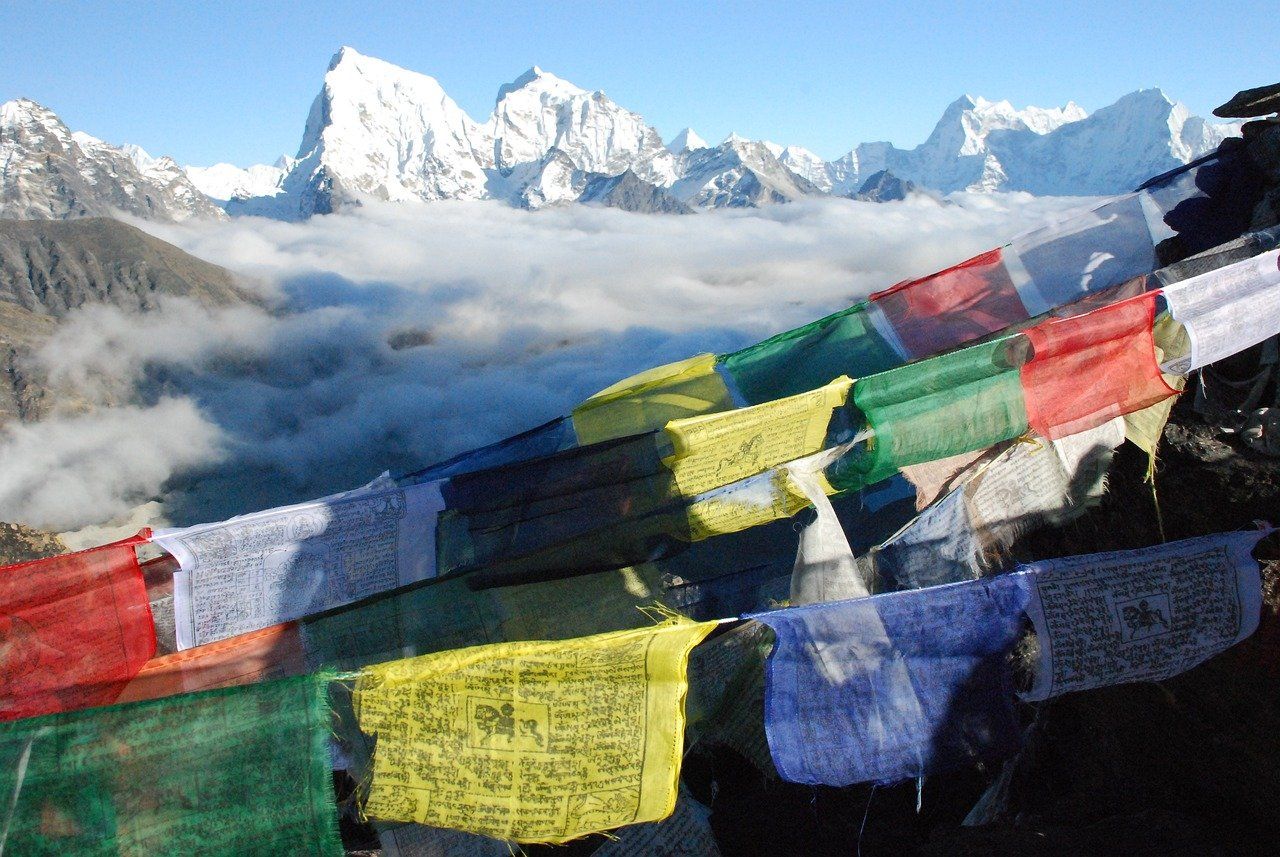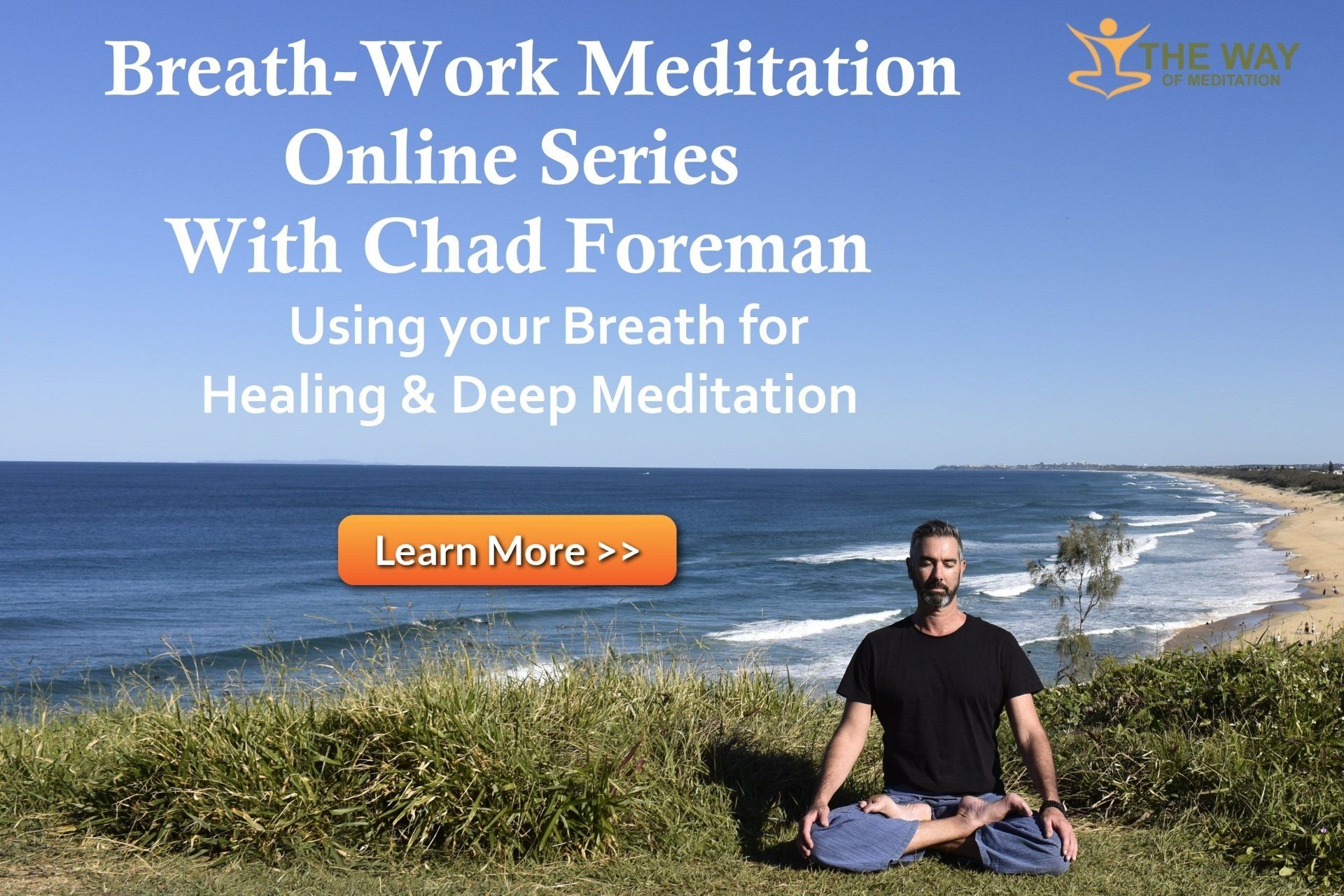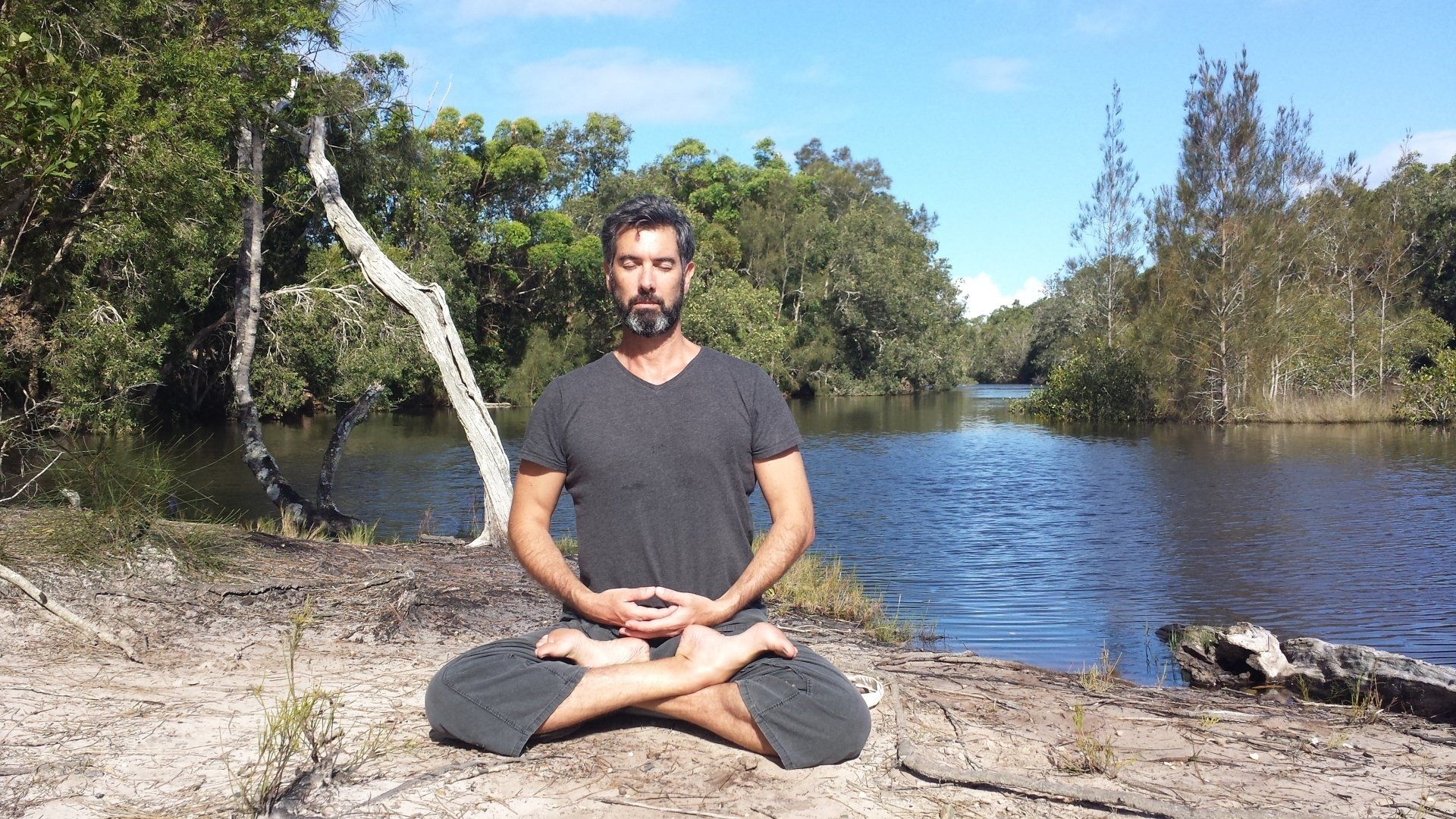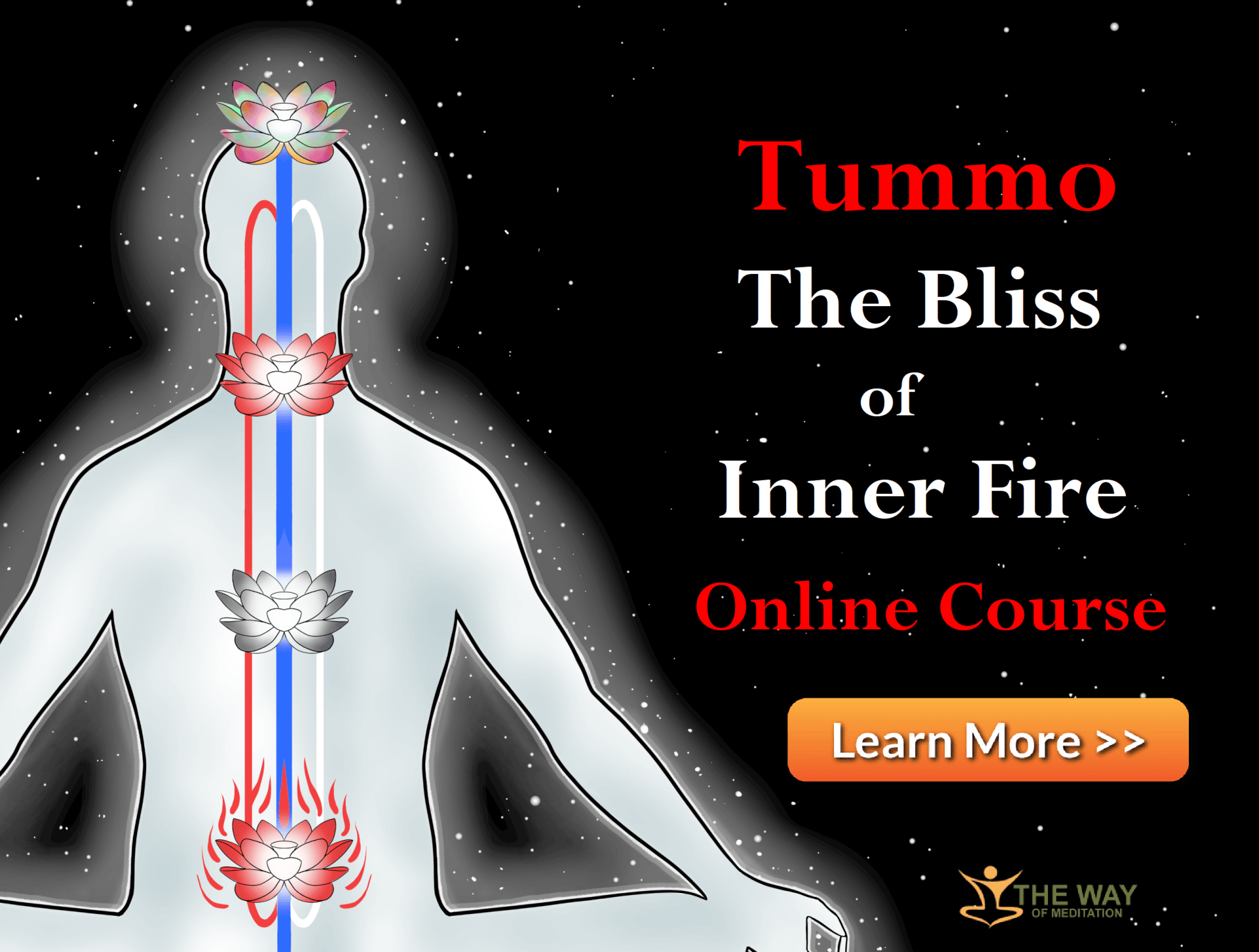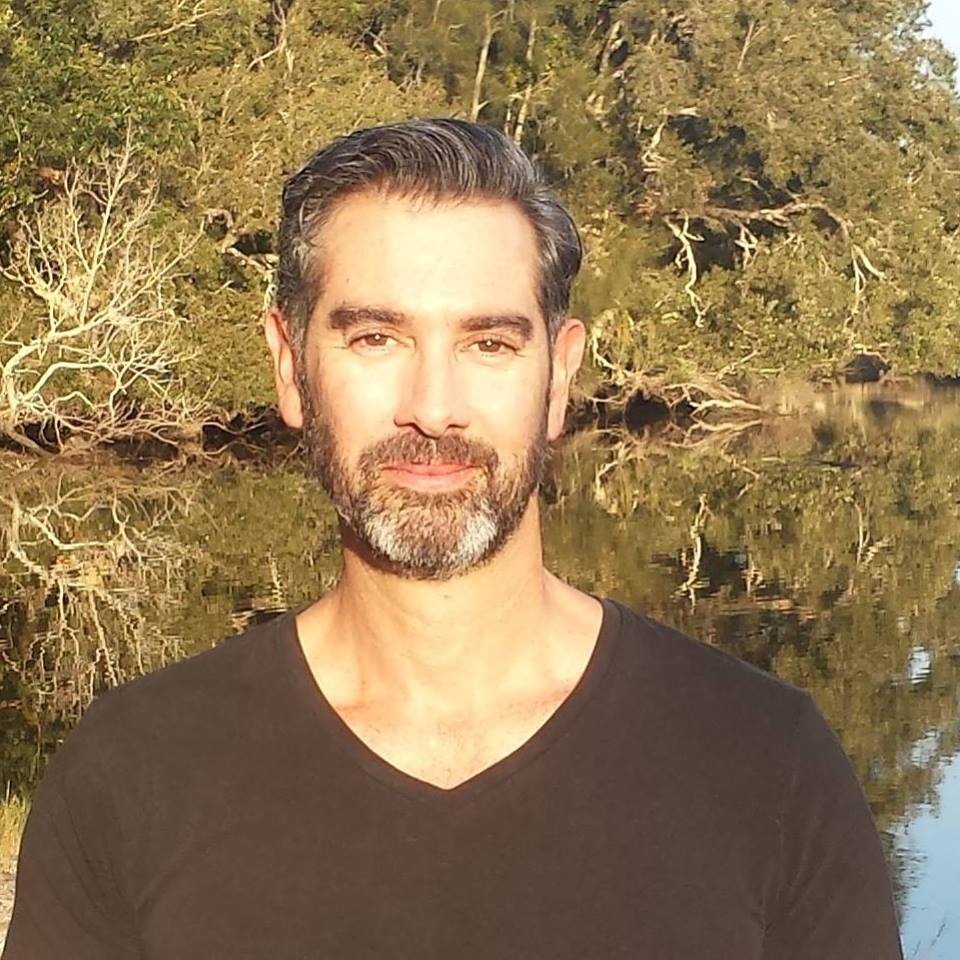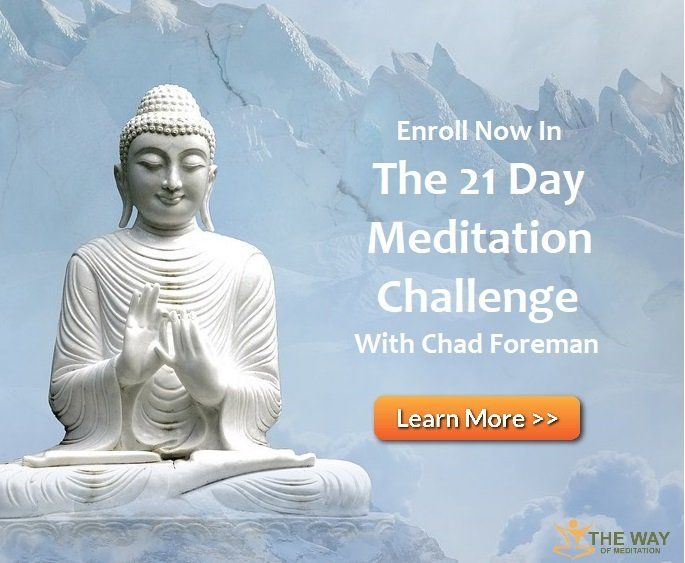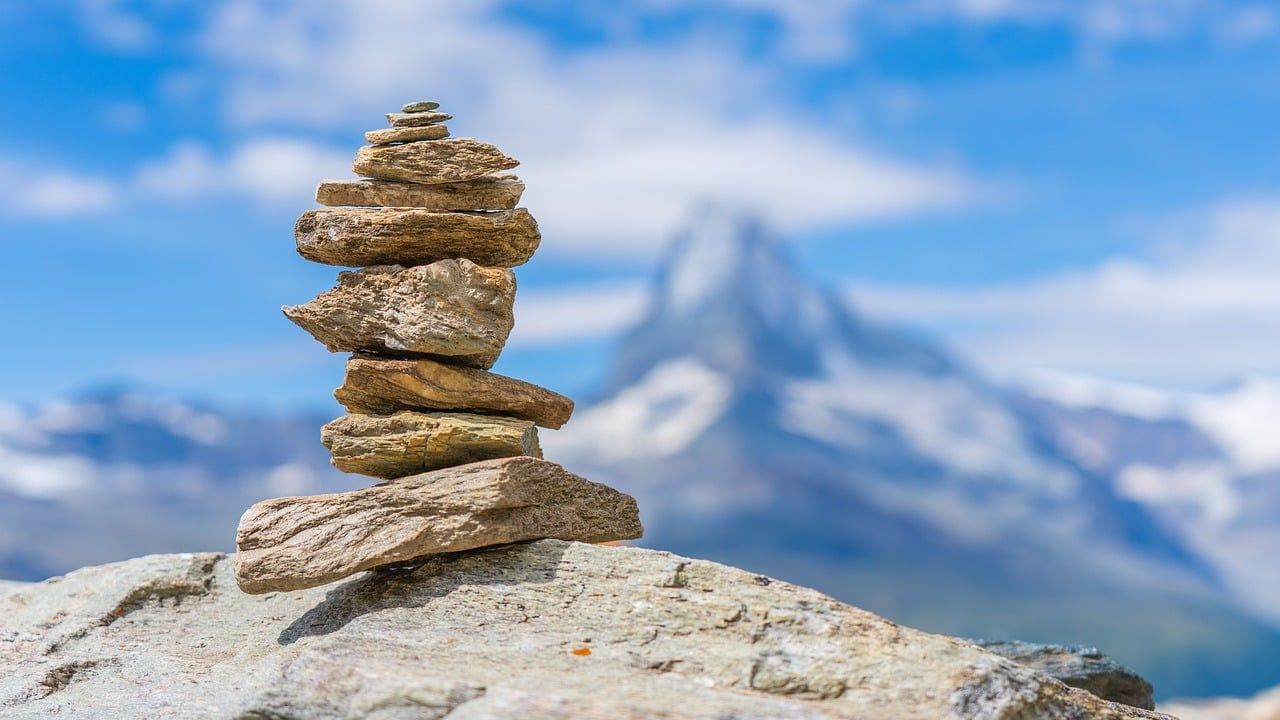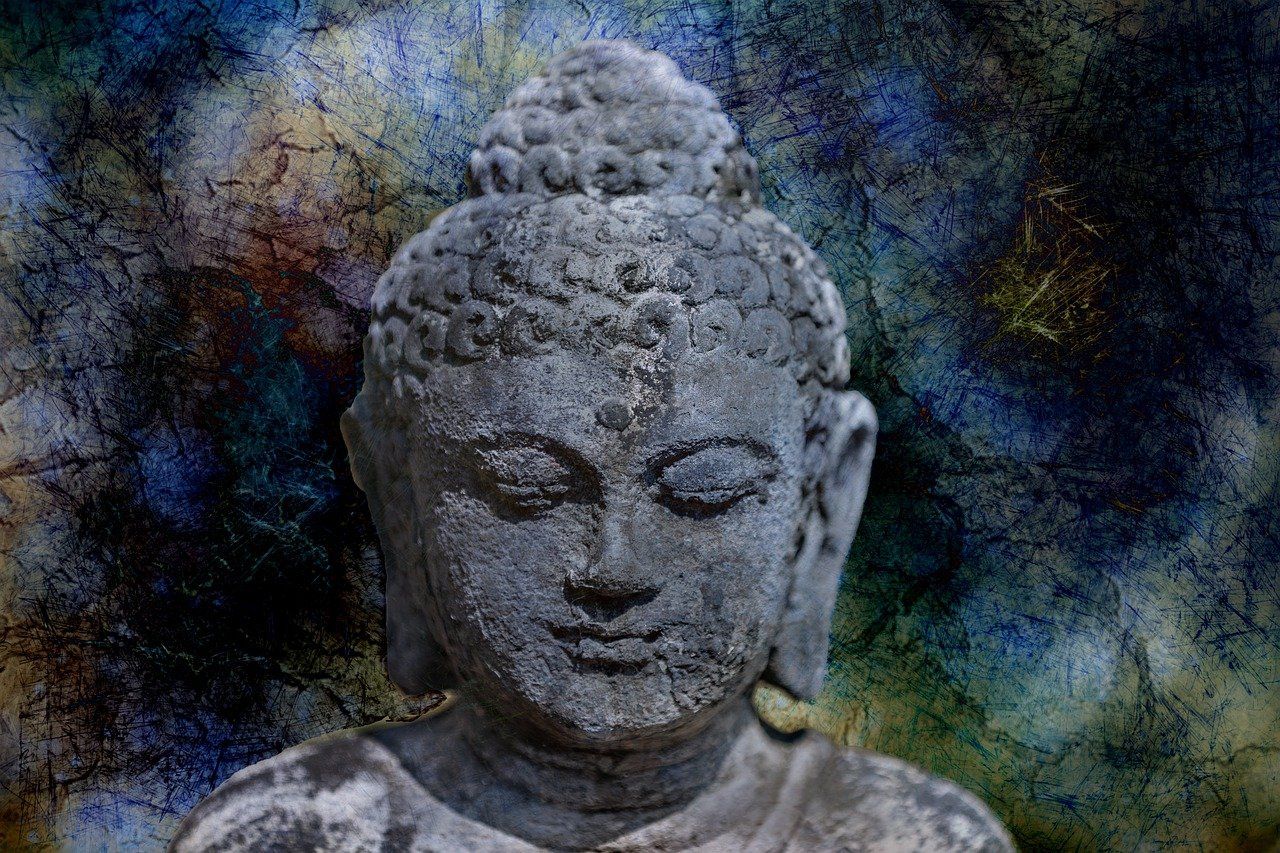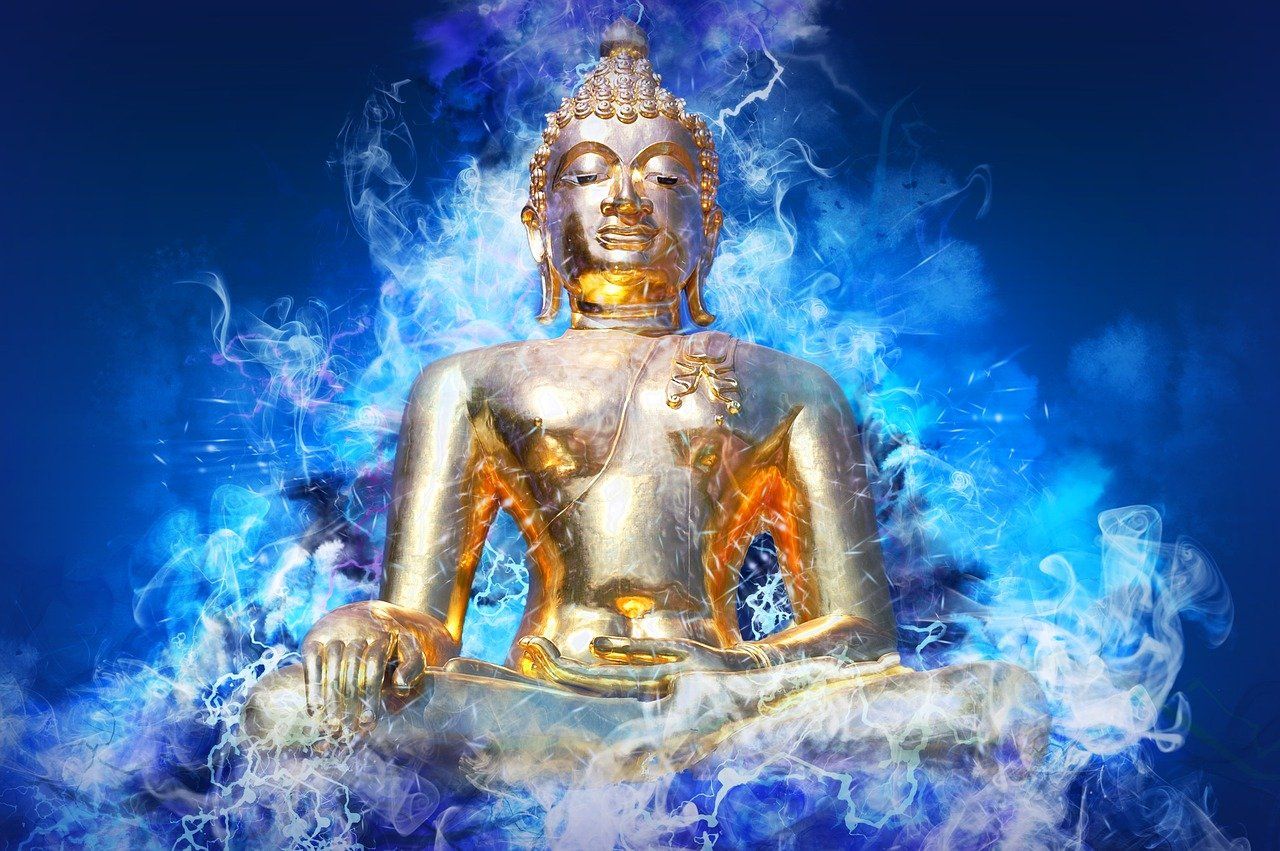The Incredible Benefits of Tibetan Pranayama and How To Do It
“If you are aware, you will notice that people who are emotionally or mentally disturbed—for example, those who are depressed—breathe differently from normal people. This shows that the way the breath energy moves through the nervous system is very closely connected with the mind. You know from your own experience that when you are angry you don’t breathe normally. Sometimes anger can even make you physically sick. ”
“You can measure scientifically how many times a day you breathe in and out. Buddhism has also calculated this. If you train yourself in the breathing meditation and practice breathing in and out slowly every day, you can prolong your life. If air enters your nervous system in a disturbed way it can disturb your mind. You should breathe slowly, steadily, naturally and completely, like a reliable old clock ticking away.”
While physical and mental health are important effects from this training they are not the main focus of Buddhist Yogis. In the context of Mahayana Buddhism once your mind is calm and focussed you can penetrate deeply into the nature of yourself and uncover and fully connect with your enlightened nature to free yourself from all mental and emotional dysfunction and fully realise great love and intuitive wisdom to be of supreme benefit to yourself and all other beings.
Another reason for the incredible benefits of this practice is it draws in prana or chi or life force energy. This is a universal energy that is available to all of us and it has healing qualities and also brings vitality and strength literally the force that animates all things. This energy is a subtle energy that flows through all things and is or very life force that can become depleted when we are sick or suffering mentally or emotionally. Many times you can feel drained of this energy or low in vitality, this is a perfect time to practise 9 round breathing to re-invigorate yourself.
2) Take a few long slow breaths: when you breath in straighten up, like you were being pulled up by the crown and on the out breath subtly relax the shoulders, face and hands but keeping good alignment.
3) Visualise yourself as hollow, like a balloon. Your skin is glowing and brilliant and on the inside there is only empty space. Take a few moments to strongly establish this visualisation.
5) Now gently raise your hand to your face and press on the outside of your LEFT NOSTRIL blocking it. Breathe in a long deep, smooth breath IN through the RIGHT NOSTRIL imagining drawing in universal white healing light down the RIGHT channel right down to the belly. See image
6) Hold the breath momentarily in the central channel just below the navel (see image) and then BLOCK THE RIGHT NOSTRIL and release the air up through the left channel and OUT the LEFT NOSTRIL. Imagine black smoke representing all negativity, illness and blockages releasing out through the left nostril.
7) Repeat this 2 more times
8) Now do the opposite by breathing IN THROUGH THE LEFT and OUT THROUGH THE RIGHT nostril with the same visualisations. Do this 3 times.
9) For the last round of breathing you do not block any nostrils instead just take a a long slow breath through both the nostrils imagining white light filling the channels right down to the navel and then release the breath through both nostrils expelling dark smoke representing negativity.
PLEASE NOTE: That’s a complete 9 round cycle and is actually an advanced version very rarely taught to beginners. I wanted to include it here to give everyone the chance to experiment with it.
An easier beginners practice is to simply do the breathing without the visualisation.
*In brief the beginners practice is: Breathing IN through the RIGHT NOSTRIL and OUT through the LEFT NOSTRIL – doing that 3 times. And then IN through the LEFT NOSTRIL and out through the RIGHT NOSTRIL – doing that 3 times. And then in through BOTH NOSTRILS and out through BOTH NOSTRILS – doing that 3 times. In total that is 9 rounds of breathing and that is the practice of Tibetan Pranayama 9 round breathing.
Tip1: When you focus all your concentration on the breath try and get the sense your attention or mind is literally riding on top of the breath. Like you are floating on the breath staying with it the entire way, so your breath and your attention become one.
Tip2: Your breath should be visualised as white light, this is to realise the prana aspect of the practice, your breath is not just air or oxygen it is the vital life force of yourself and of all things.
As always please experiment, modify it and follow your own intuitive wisdom. After doing this meditation I recommend to sit quietly and to feel and sense your body completely for at least a few minutes and try and feel the difference and vitality in your body. I usually do two full rounds of this before I meditate with my usual daily routine of watching my breath and just being , see here for full instructions on how I meditate.
Best of Luck, please feel free to ask questions, share experiences or comment below.
Written by Chad Foreman
Chad Foreman is the founder of The Way of Meditation, has been teaching meditation since 2003, determined to bring authentic meditation practices into the lives of millions of people in the modern world. Chad is a former Buddhist monk who spent 6 years living in a retreat hut studying and practicing meditation full time and has now has over twenty years’ experience teaching meditation. Chad holds regular Meditation Retreats on the Sunshine Coast Australia, has Online Meditation Coaching, delivers three online programs - The 21 Day Meditation Challenge to help guide people gradually from the basics of mindfulness and relaxation to profound states of awareness. Breath-work to help manage stress and go deeper into meditation and The Bliss of Inner Fire which is a Buddhist tantric method for purifying energy blocks and contacting the clear light of bliss. You can also now get Chad's free e-book Insights Along the Way.
Try This Alternate Nostril Breathing Guided Meditation
Get A FREE
Guided Meditation Series
with Chad Foreman
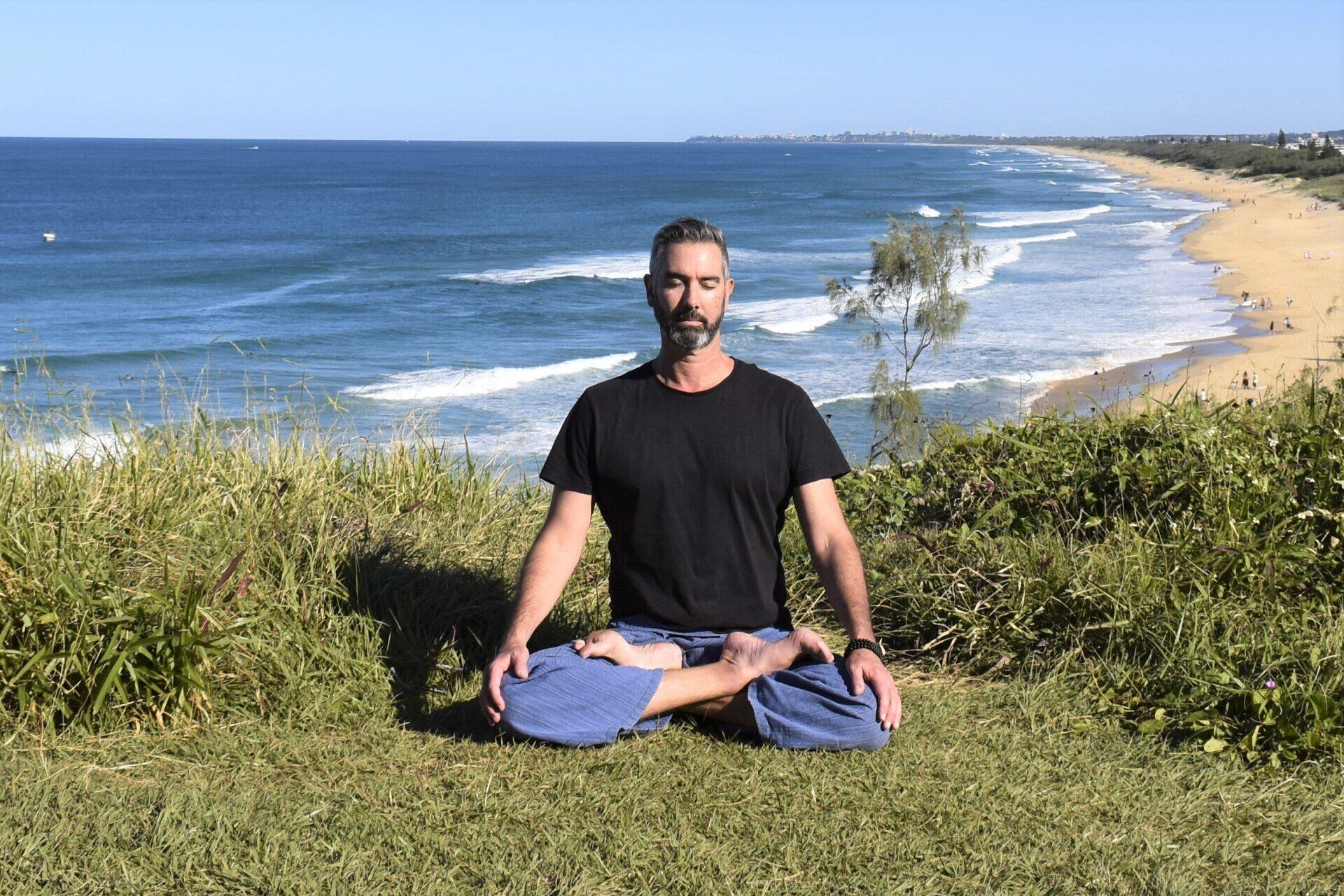
TAKE THE NEXT STEP
Take The 21 Day Meditation Challenge
Get A FREE Series
of Guided Meditations
with Chad Foreman
Email: chad@thewayofmeditation.com.au
The Way Of Meditation
Site Map
The Way Of Meditation



